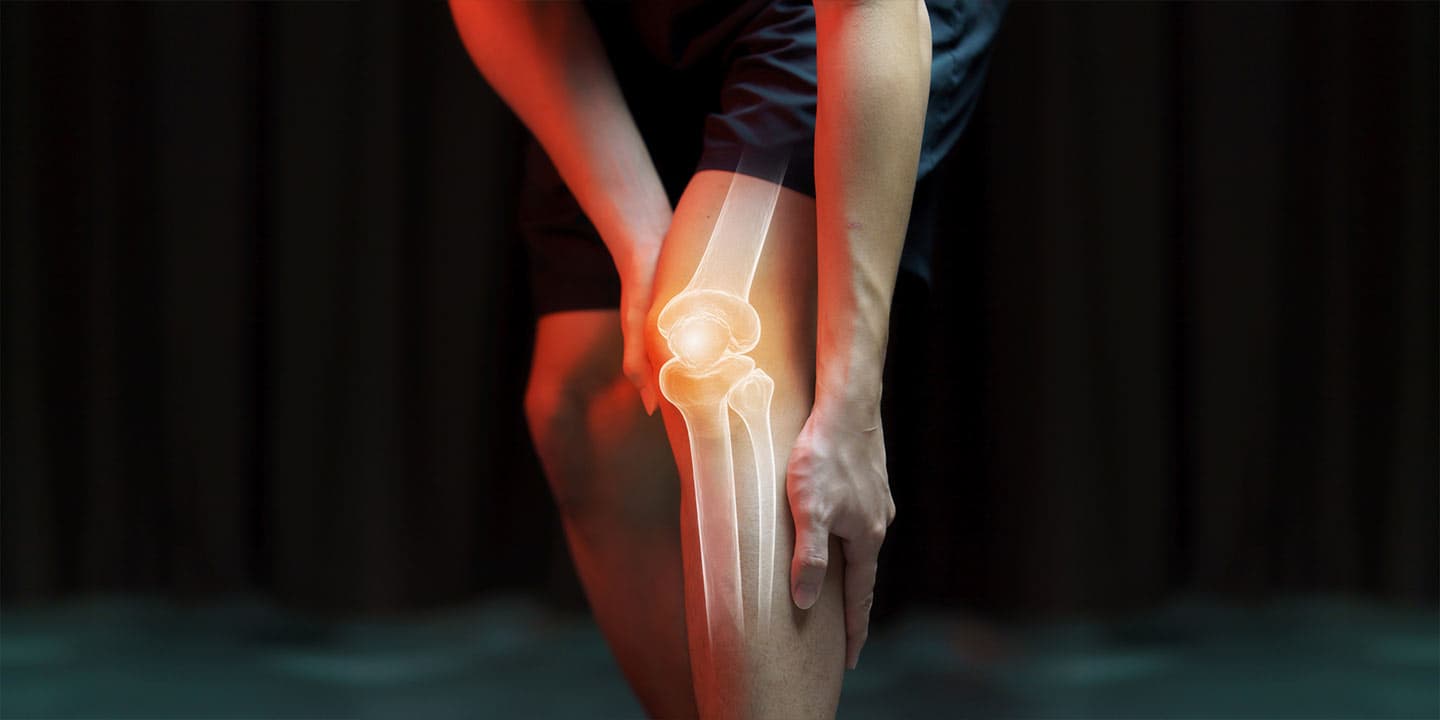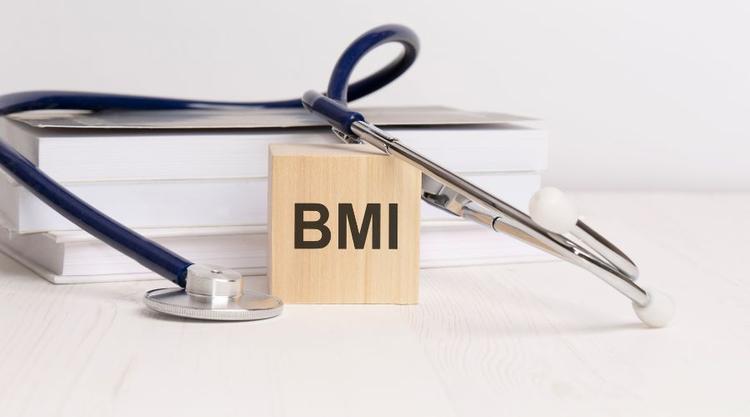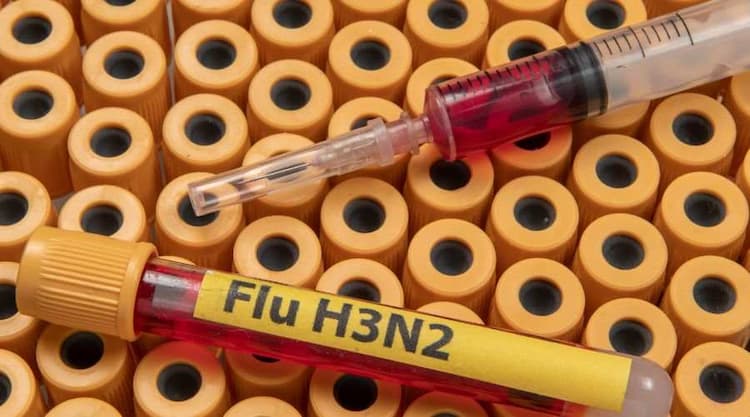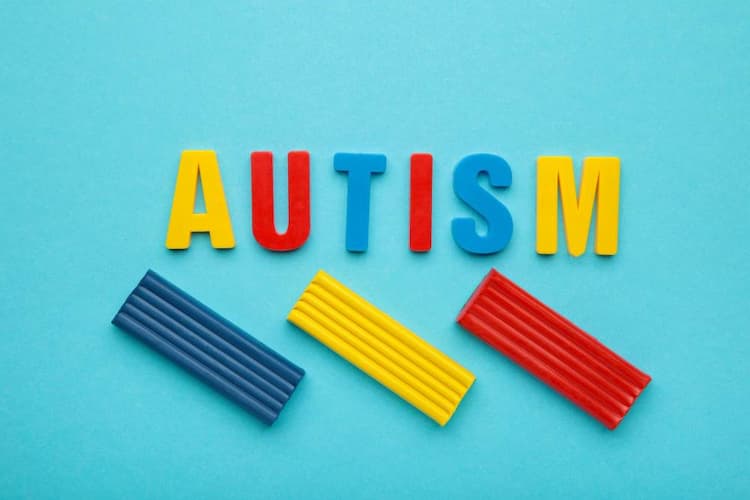World Osteoporosis Day 2022

Medically Reviewed By
Dr. Ragiinii Sharma
Written By Prekshi Garg
on Oct 20, 2022
Last Edit Made By Prekshi Garg
on Mar 16, 2024

World osteoporosis day - a global healthcare event, is today, i.e., 20th October, and is observed as a day to promote early diagnosis of the condition, its treatment, and ways to prevent it. Every year this campaign mainly focuses on encouraging people to take preventive measures and must take care of their bone health to avoid any risk of osteoporosis and many connected complications. All women above 65 should have a bone density test, which may be done earlier for women prone to osteoporosis and at greater risk.
About world osteoporosis day - the theme
Today is World osteoporosis day 2022, i.e., 20th October 2022, and it launched a year-long campaign dedicated to raising awareness of osteoporosis, a bone disease. This year's theme is 'Step up for Bone Health, ' which aims to encourage people worldwide for bone density tests to know their bone health status. Today an awareness program will be conducted to improve bone strength by adding vitamin D to your diet, which can improve the body's ability to absorb calcium and improve bone health in numerous ways. World osteoporosis day 2022 will be conducted globally, and funds will be allocated for the supply of calcium intake for calcium deficiency persons who are senior citizens, i.e., over 70 years of age. This year the theme insists on mainly five steps towards preventing osteoporosis. Some steps to follow are:
- It is important to include bone-healthy foods in your diet that are fully packed with vitamins, calcium, proteins, and nutrients.
- Following a physical exercise for about 40 minutes at least to maintain your body weight is vital.
- You must avoid smoking and excessive alcohol intake.
- Being alert to important factors like genetics, medication, diseases, and menopause is necessary.
World osteoporosis day- the History
The primary occurrence of world osteoporosis day was on 20th October 1996, held by the UK's national osteoporosis society. Later on, in 1997, IOF, i.e., International Osteoporosis Foundation, organized WOD. in 1998 and 1999, various other organizations supported the day, and the World Health Organization co-sponsored the day to promote awareness of the condition.
Osteoporosis - a bone disease
Osteoporosis is a bone disease that develops when bone mass and bone mineral density decrease or else when the quality of bone changes. This condition reduces bone strength and increases the risk of fractures, i.e., broken bones. Anyone can get this condition, but women are four times more prone to it than men. This bone disease occurs when the human body loses or makes too little bone. This leads to weakening bones that can break from a fall or other severe conditions like sneezing or minor bumps.
Osteopenia - bone loss before osteoporosis
Osteopenia is a stage before osteoporosis when a bone density scan shows that you have a low bone density as per your age but is not so low that it can be termed as the bone disease osteoporosis. The condition is the primary step towards osteoporosis and depends on many factors. If you are diagnosed with osteopenia, then it is essential to take vital steps to prevent osteoporosis by keeping your bones healthy. Your healthcare provider may prescribe some bone-strengthening treatments given to people with osteoporosis, which will depend upon how weak your bones are and your risks of breaking them.
Causes of osteoporosis
Losing bone density is a normal part of aging, but there are many cases in which people lose bone much faster than normal, and the condition is called osteoporosis. Mainly menopausal women lose bone fastly in the first few years and are more prone to the condition. However, it can also affect men, younger women, and children. Many factors can increase your risk and are the main causes of osteoporosis. The condition occurs when too much bone mass is lost, and you start to notice changes in your bone tissues. Certain risk factors may lead to the condition and make you more prone to developing it. Some osteoporosis causes are:
- Age
One of the most common causes is age, as bone loss happens more quickly as you age. With time your bone weakness, and you become more prone to osteoporosis.
- Body size
It is another cause of the condition as people with slender bodies are at more risk of the condition as they have less bone to lose compared to larger-boned women and men.
- Sex
Women are more prone to osteoporosis than men because women have lower peak bone mass and smaller bones than men. Men can also develop the condition, especially after 70 years of age.
- Family history
You may have a chance of osteoporosis if one of your parents has this condition and a history of fractures.
- Hormone changes
You may have a higher chance of developing osteoporosis if you have low estrogen levels after menopause or an abnormal absence of menstrual periods and low testosterone levels in men.
- Diet
It is another main osteoporosis cause as if you follow a diet low in calcium and vitamin D, you are more prone to the condition. Excessive dieting and poor protein intake are also some main causes.
- Medical conditions
Some medical conditions can lead to increased osteoporosis risk, like hormonal disease, endocrine, gastrointestinal disease, rheumatoid arthritis, and many types of cancer.
- Medications
Taking long-term medications can also increase your risk of osteoporosis as you may develop bone loss—medications for rheumatoid arthritis, asthma, seizures, and other neurological disorders, etc.
- Lifestyle
Not having a healthy lifestyle can lead to the condition, as it is important to keep your bones strong; less physical activity, chronic heavy drinking, and regular smoking make you more prone to osteoporosis and fractures.
Osteoporosis is a silent disease of bones that typically shows no symptoms, as you may not even know about it until you break a bone or one or more vertebrae. The condition, if left untreated, may lead to fractures, especially in postmenopausal women and older men. You must have regular checkups to know your bone density so that the condition may be prevented or treated at an early stage.
Osteoporosis - symptoms
Osteoporosis is a silent disease that shows no symptoms and is deleted until a bone is broken or one or more vertebrae collapses. However, there are no specific symptoms of osteoporosis, but once the condition weakens your bones, you might have few symptoms.
Early-stage osteoporosis symptoms
Treating osteoporosis at an early stage is the best way to prevent severe complications. Some early-stage osteoporosis symptoms should not be ignored to prevent yourself from serious conditions like fractures or bone pain:
- You might experience receding gums if your jaw is losing bone.
- Low handgrip strength is linked with bone mineral density and indicates osteoporosis.
- Weak and brittle fingernails because nail strength signals bone health.
Later stages of osteoporosis symptoms
Once your bone mass deteriorates, you may start experiencing many osteoporosis symptoms that should not be ignored:
- Compression fractures in the spine lead to loss of height.
- A fracture is a common sign of fragile bones that is due to a fall.
- Back and neck pain is a common symptom as osteoporosis causes compression fractures in the spine.
- Stooped posture is a slight curving of the upper back due to vertebrae compression.
Osteoporosis diagnose
It is necessary to have regular checkups to stay healthy. A bone density test is a must to prevent severe conditions of osteoporosis. Your healthcare provider will give you all information about your bone health and its problem, if any. They advised you to have BMD tests, i.e., Bone mineral density tests, also known as dual energy X-rays, i.e., DEXA or DXA scans. These X-Rays use less radiation to measure how solid bones you have in the spine, hip or wrist. Regular X-rays will only display the result of osteoporosis when the condition is very far away; thus, it can be treated well. Early treatments can help you to avoid severe complications later. Another imaging study done by doctors to confirm osteoporosis is an ultrasound of a person's heel. By getting results, doctors can determine if your bone density is normal or below average as per guidelines. Some doctors will diagnose osteopenia which is generally the early stage before osteoporosis.
Osteoporosis treatment
Osteoporosis treatment includes medications that can help to build your bones. Treating the condition involves treating and preventing fractures and by using medications to strengthen bones. Osteoporosis diagnosis is based on the results of your DEXA scan test. The test result will help the doctor decide what treatment you need, if any, based on many factors. People who are diagnosed with the condition because of broken bones will receive treatment that will reduce their risk of other broken bones. You may need medicine to treat it along with a fully packed diet with enough calcium and vitamin D.medicines used for osteoporosis can have many side effects like nausea, abdominal pain, and heartburn. However, these side effects are less likely to occur if medicines are taken properly.
Osteoporosis - prevention
Women are more prone to osteoporosis than men as they typically start with lower bone density and loss of estrogen over time, which increases the risk of the condition. In some cases, the condition is preventable, and if you start taking care of your bone health earlier, it will be better for you at a later age, like in your 50s and beyond. Below are a few tips that you should follow to keep your bones healthy and prevent yourself from osteoporosis:
Diet is important
- Calcium intake
It is important to keep your bones healthy, which can be done through diet. It is important to have the right amount of calcium for bone health. With well-balanced nutrition, you will get the necessary calcium from your diet and, if anything else is required, supplements can compensate them.
- Vitamin D
Vitamin D is another best nutrient for healthy bones, which helps you absorb calcium and strengthen your bones. However, sunlight is the best source of Vitamin D, but not all can rely solely on it; thus, to get daily dosage, try to eat vitamin D-rich foods.
- Protein
Protein is another best nutrient for bones as eating protein increases bone mineral density as low density is one of the primary osteoporosis causes. Many animals or nonanimal food sources are great food sources.
Exercise is must
To prevent osteoporosis, it is best to have a good fitness routine. Exercise daily to stay healthy as it helps stimulate the cells responsible for building bones. It is important to do exercises that promote bone health, like weight-bearing and resistance exercises.
- Try out weight-bearing exercises that focus on carrying the body's weight against gravity. Walking is the best way to keep your bones fit and strong.
- Try out resistance exercises using opposing forces like weights, elastic bands, water, etc.
Follow healthy habits
It is necessary to follow healthy habits to keep your bones healthy. The choices you make will affect your bone health in the future; thus, it is necessary that you must know what you can do :
- Quit smoking
- Maintain healthy weight
- Limit alcohol consumption
- Stay active
- Eat a well-balanced diet
FAQs
- What is the link between osteoporosis and menopause?
Estrogen is a female hormone that plays a vital role in bone health and protects against bone loss; after menopause, the ovaries produce less estrogen, which leads to rapid bone loss in women.
- Is osteoporosis more common in men or women?
The condition is more common in women as they are more at risk than men.
- What are some common risk factors of osteoporosis?
Some common risk factors of osteoporosis are:
- Age
- Family history
- Smoking
- Being underweight
- Which medical conditions increase the risk of osteoporosis?
Some medical conditions linked with an increased risk of osteoporosis are:
- Rheumatoid arthritis
- Diabetes mellitus
- HIV
- AIDS
- What is the bone mineral density test?
Bone mineral density is measured at the heels, hand, spine, wrist, and hip. The common method of measuring is the DEXA scan.
- What does the bone density test result mean?
After you go through DEXA Scan, your results will help the doctor determine whether you have osteoporosis.
- If you have a score of -1 or higher, then you have normal bone density.
- If you have a score of -1 to -2.5, it means you have low bone mineral density and a high risk of developing osteoporosis.
- If you have a score of -2.5 or lower, then it means that you have osteoporosis.
- What to eat to get more calcium?
There are many foods that are fully packed with calcium, and it is best to increase your daily levels. You can have the following:
- Milk, yogurt, cheese
- Dark left veggies
- Broccoli
- Almonds
- Fortified breads, cereals, and juice
- How to get more Vitamin D?
To get more Vitamin D for healthy bones, you can include some common foods items in your daily diet:
- Fish, olives
- Fortified milk and cereal
- Fatty fish like salmon
- Egg yolks
Conclusion:
Aging changes your body naturally, especially since bones become brittle and lose density with time. As today is World Osteoporosis Day, it is necessary for all to know all about the condition, its symptoms, and its causes. Treatment and prevention. All must know all the details as osteoporosis is a silent disease that exhibits no symptoms but gradually develops back pain and loss of height. If any of you experience severe discomfort in any common locations for osteoporosis bone damage, then it is important to visit the doctor immediately to avoid unexpected or unidentified fractures. Patients must seek medical evaluation as early as possible if they notice any joint or bone pain. If you have risk factors and are worried about osteoporosis, then it is advised to ask your healthcare provider to do the screening. Keep in mind osteoporosis can be serious as fractures can alter your life. Make a plan to visit your doctor on World Osteoporosis Day 2022 to know all details and avoid severe osteoporosis-related complications.



